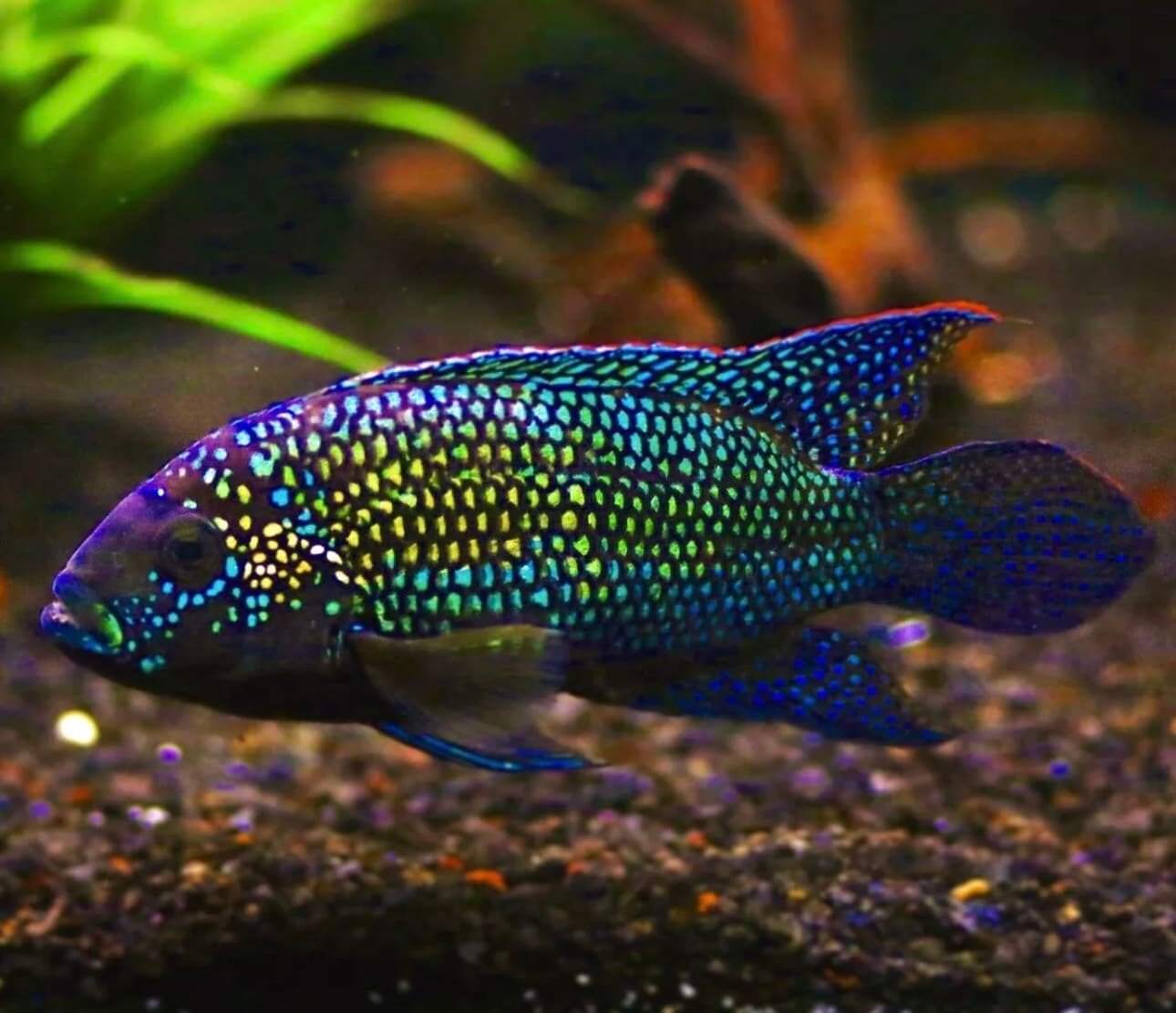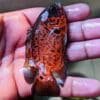-
×
-
×
-
×
-
×
Subtotal: £100.03























